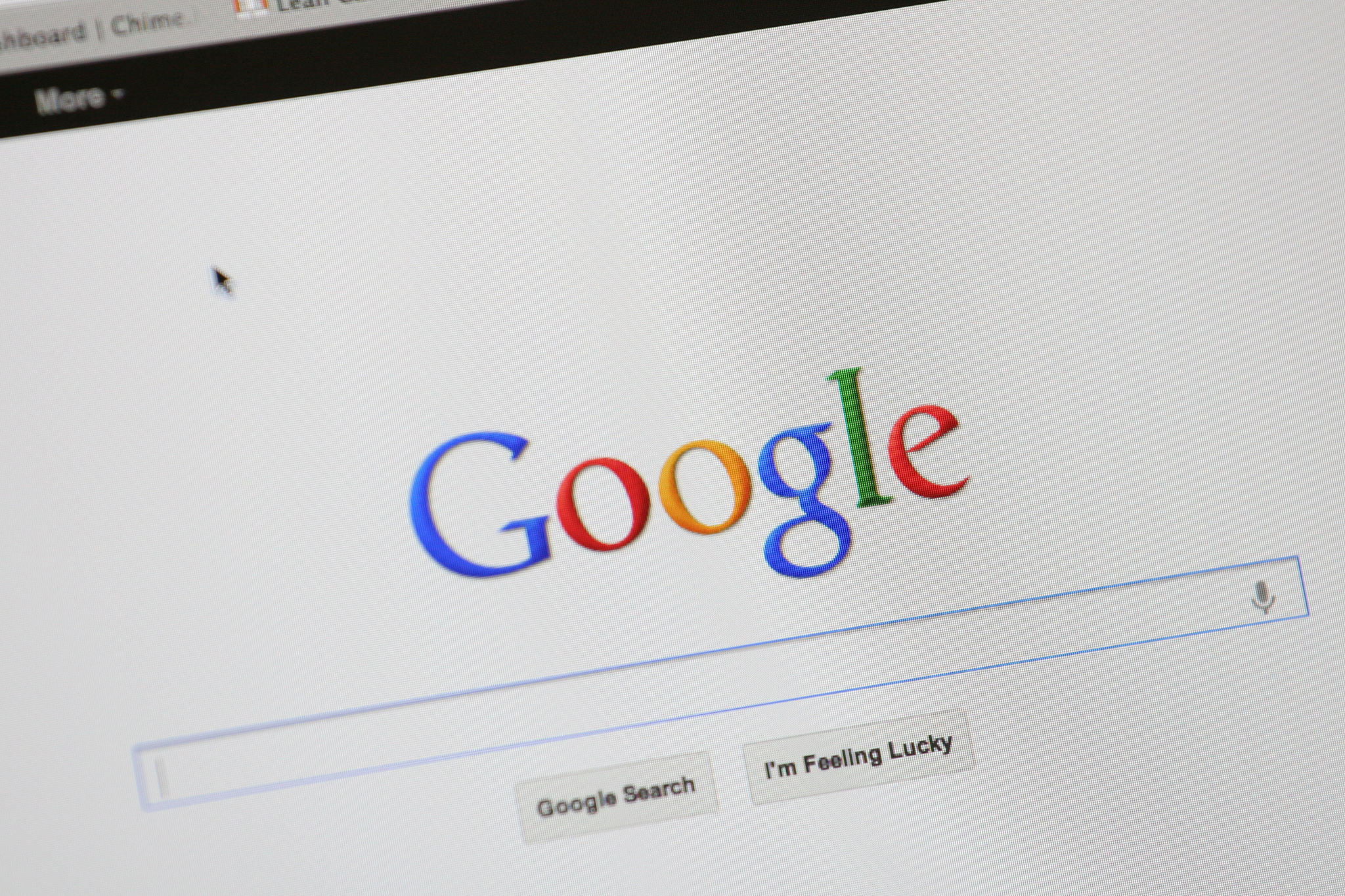It is nearly impossible to go through a day without using some sort of search engine. The advent of Google and other search engines in the ’90s made daily life easier. There is no longer a need to waste time struggling to remember minute details or memorizing facts when the answers can be uncovered in less than a second. Our friend Google has become a salient part of our identities.
The infinite amount of information accessible also means that patients now have access to medical information once limited to doctors and other medical professionals. In 2002, for example, approximately 93 million American adults went online to search for information about their health, according to Kristin Barker in her article “Electronic Support Groups, Patient-Consumers, and Medicalization: The Case of Contested Illness.” Electronic Support Groups (ESGs), or groups where people can share additional experiences and information, have changed the game of medicine, granting the patients the authority to decide which conditions they want to see a doctor for and how they want to be treated. In other words, “Dr. Google” and WebMD have become trusted sources for finding potential diagnoses and have allowed for the medicalization of diseases once ignored, especially those that fall under the umbrella of mental health.
Image Source: Michael Gottschalk
Searching online for a diagnosis is more attractive than shelling out money for a co-pay, creating a trend of self-diagnosis. According to the Pew Research Center, 35% of patients say they did not visit a clinician to get a professional opinion on a health concern they diagnosed themselves. This is acceptable when dealing with the common cold. However, when a patient feels a lump in their breast or inflamed thyroids, online research does not make the cut. No matter the concern, patients depend on ESGs and WebMD, choosing either the most extreme diagnosis or the simplest explanation, often avoiding seeking a doctor’s advice altogether.
It also does not help that the private market approach of health care in the United States has increased the cost of health care, discouraging patients from going to the doctor. Although the Medicaid covers people under the Federal Poverty Level, those whose income levels fall between the $8,840 per year for parents with a family of three and $11,770 per year for individuals are uncovered. In the most recent data released from the CDC, 35.7 million people under the age of 65 are uninsured. Who could blame someone who makes a general checkup or mammogram secondary to putting food on the table or paying rent?
The information age has had a massive impact on the way we live. In the course of its influence, it has managed to undermine the authority of clinicians. Nonetheless, we should encourage patients to seek out informative clinics and create more outlets for those who may not be able to see a doctor—for various reasons—instead of discouraging patient use of the Internet. Granting access to more reliable and productive sources of information instead of discouraging patient use of the Internet might help solve the problem of misdiagnosis by self-diagnosis. If that doesn’t work, we can always ask Google.
Feature Image Source: arsp_064 by Anthony Ryan










